If you’ve ever found yourself needing to hit the ball far, only to thin your shot, you’re not alone. Many golfers struggle with this frustrating phenomenon. So, what exactly causes those thin shots when you’re trying to really crush the ball? Let’s break it down.
The primary culprit often lies in how we use our hands during the swing. When aiming for maximum distance, many players try to “get it” with their hands, leading to a flip of the wrists. This flipping action can lead to what’s known as “no forward shaft lean,” which causes the club to lose loft and turn your eight iron into something akin to a nine iron or pitching wedge.
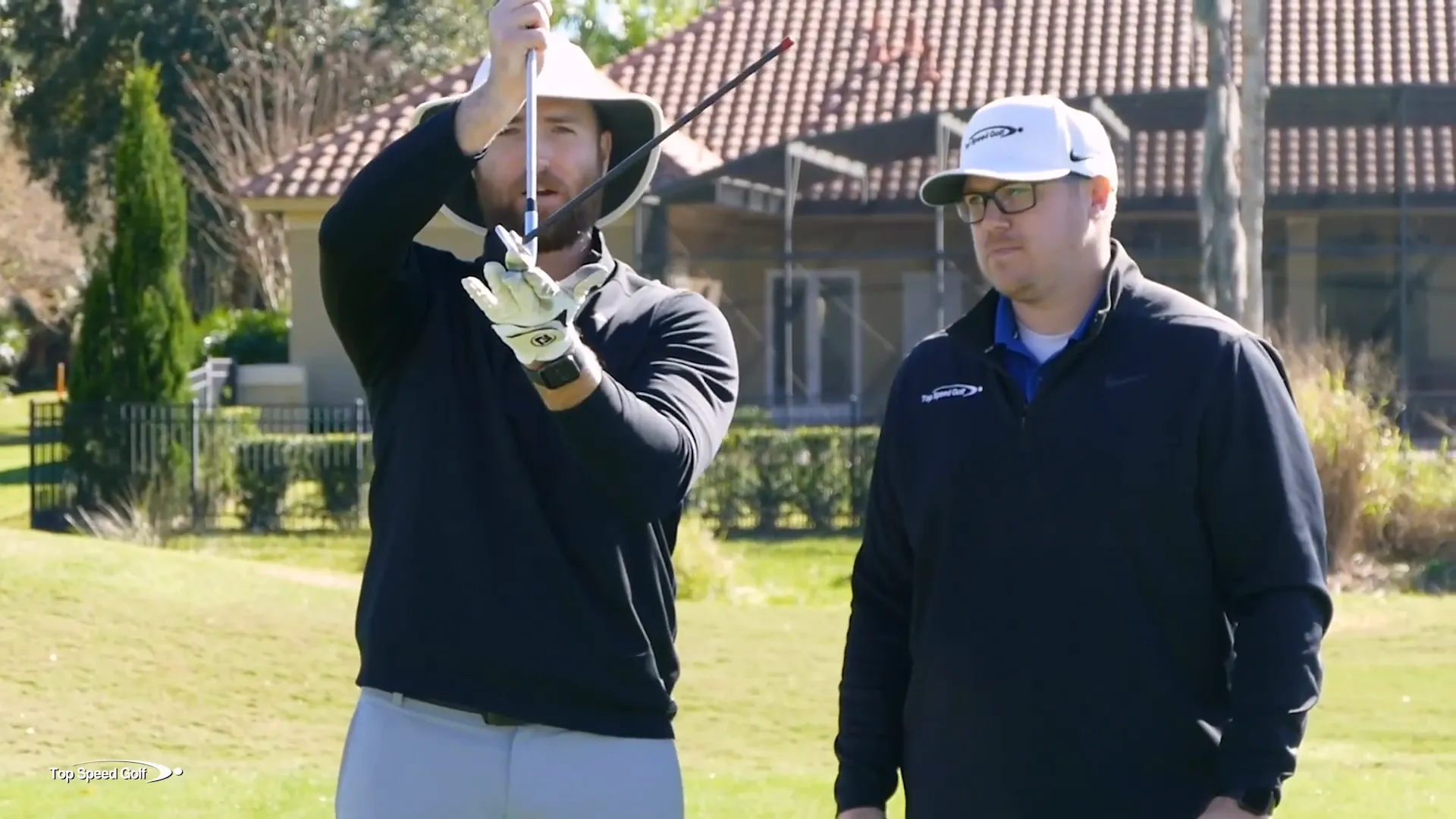
To understand this better, let’s take a look at the loft on an eight iron. Typically, an eight iron has about 37 degrees of loft when flat on the ground, but pros often present around 24 degrees of loft at impact. This delofting is crucial for hitting the ball farther; it’s how the pros achieve that extra distance. So, how do we replicate this in our swings?
When you notice that your trail wrist is pushing through while your lead wrist is cupped, you’re likely creating an issue. If you push your hands forward without adjusting your wrist angles, the clubface will open up, causing your shots to veer off to the right. Instead, you need to “turn the handle down,” which will help square the clubface and provide the necessary compression for a powerful shot.
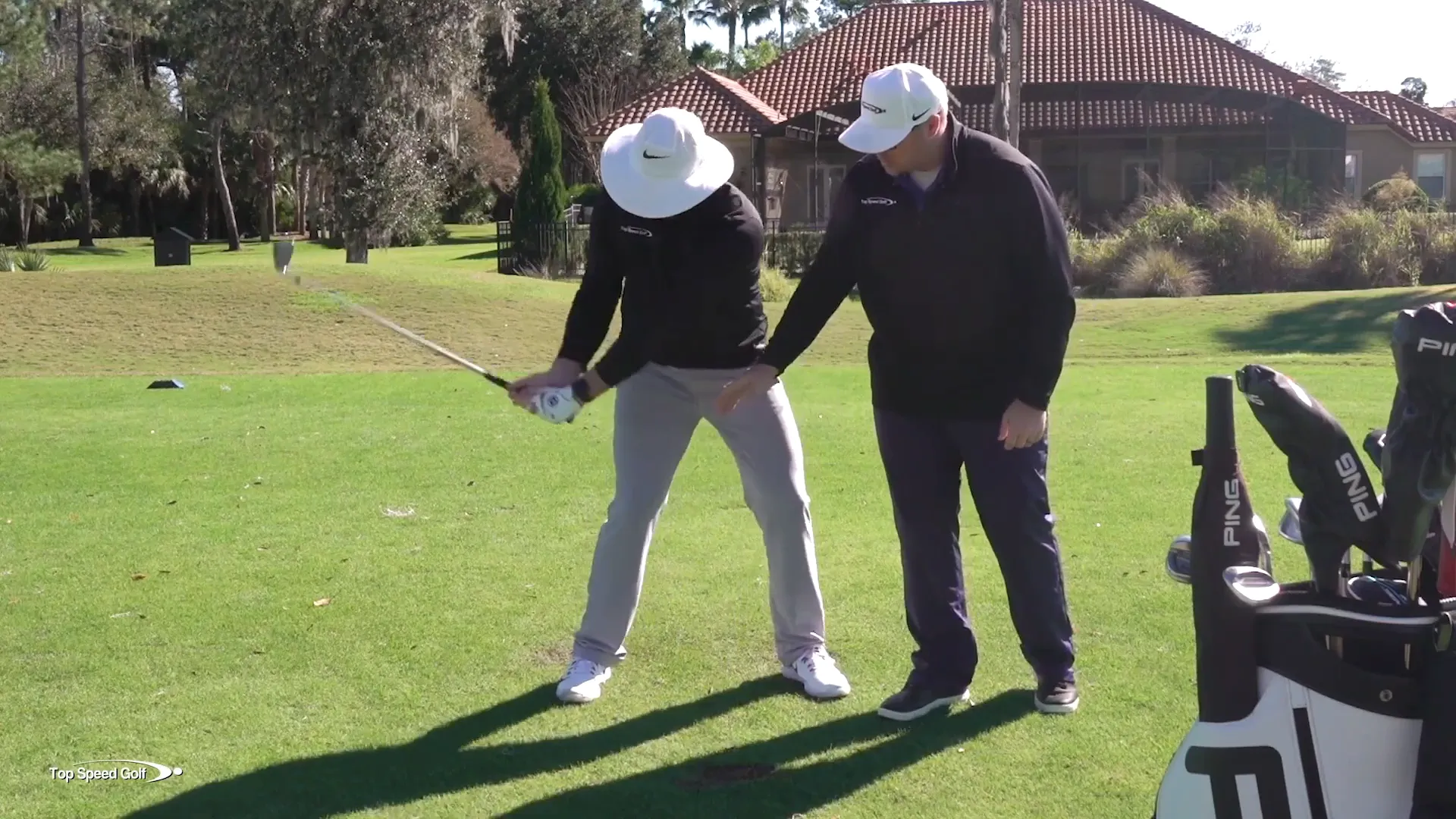
Here’s a drill: focus on the first parallel position in your downswing. As you reach this point, turn the handle downwards. This will keep the clubface angled down towards the ground, allowing your hips to open up as you make contact with the ball. The result? A solid strike with tons of forward shaft lean.
It’s common for golfers to think that flipping the right wrist adds power, but this actually increases loft and can lead to hitting up on the ball, resulting in thin shots. By leaning the shaft forward through impact, the leading edge stays low, allowing you to hit higher on the face, which is critical for achieving the correct contact.
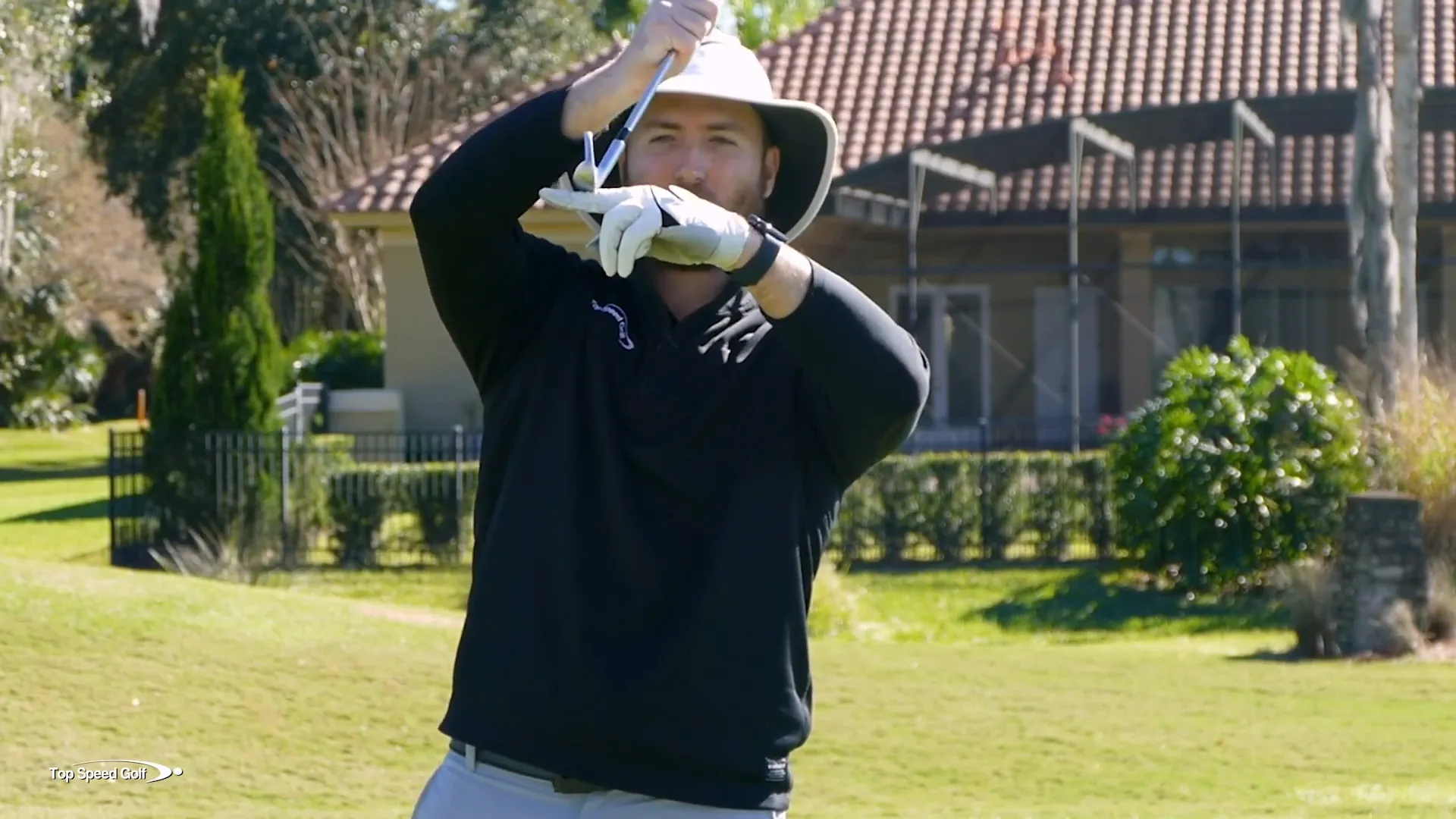
Now, let’s talk about the importance of wrist angles. When your lead wrist is bowed and your trail wrist is slightly bent back, it may feel weak, but this position is incredibly powerful. It’s akin to hitting the ball with a sledgehammer, delivering force effectively rather than just sliding across the surface.
As you practice, focus on maintaining this wrist position while making your swings. The goal is to get the club to a point where the dynamic loft is significantly lower, ideally under 30 degrees. For instance, during a recent practice, I managed to get my dynamic loft down to 28.2 degrees while still achieving a distance of 172.2 yards. Not bad, right?
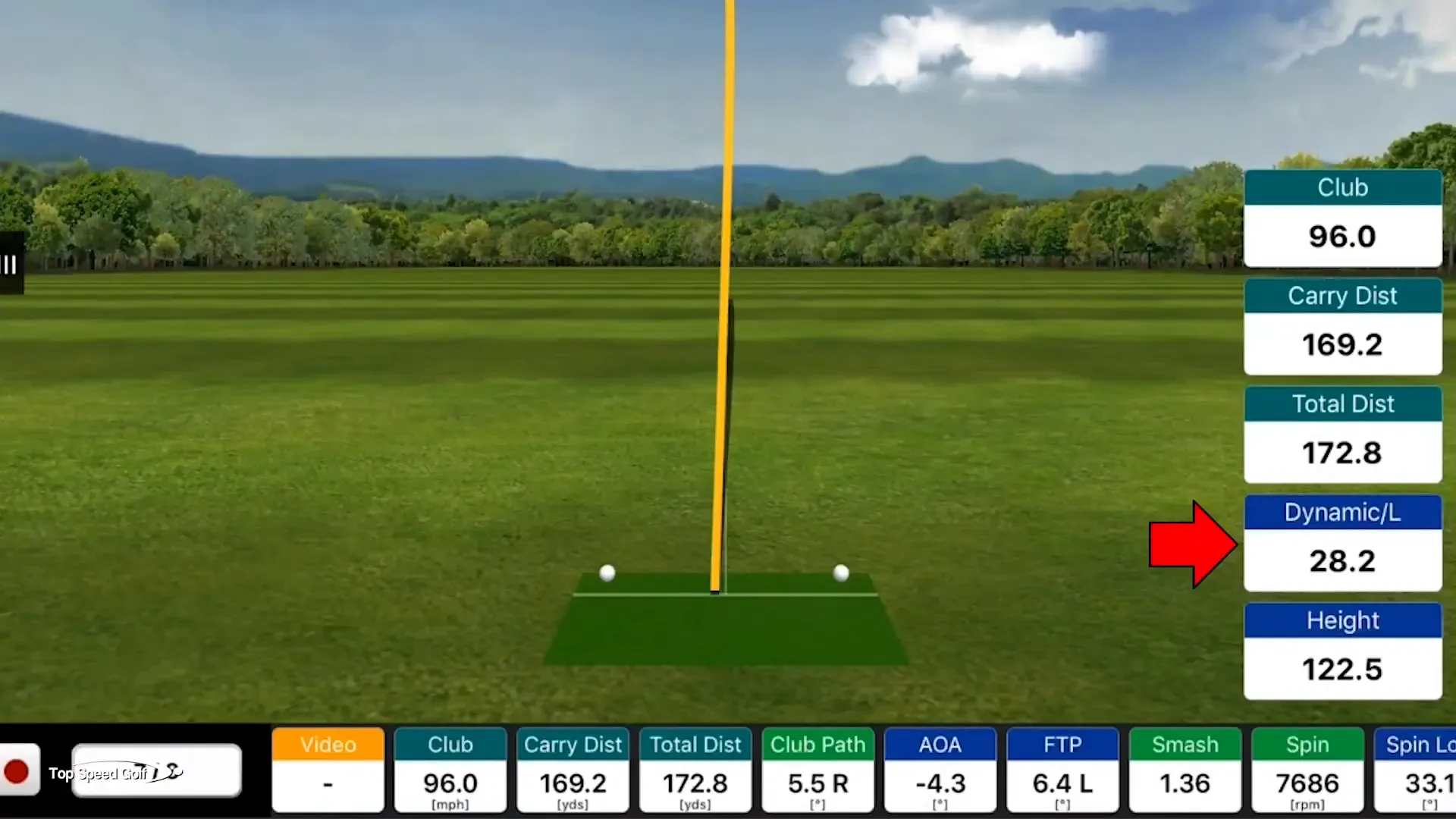
On another attempt, I focused on maximizing my swing speed while keeping the dynamic loft low. I achieved my highest club speed of 99.3 mph with a dynamic loft of 22.5 degrees, resulting in a distance of 172.5 yards. Even with a slight miss-hit, that’s solid performance!
What’s the takeaway here? When you focus on these key elements—correct wrist positions, forward shaft lean, and maintaining a consistent body alignment—you’ll find that you can hit the ball farther and with greater accuracy. Here are some quick tips to remember:
- Keep your wrists in the correct positions—bowed lead wrist and slightly bent trail wrist.
- Focus on turning the handle down to ensure the clubface is square at impact.
- Practice drills that emphasize forward shaft lean and wrist angles to improve your striking consistency.
By honing in on these details, you’ll not only eliminate thin shots but also unlock the distance you’ve been striving for. Get out on the course and start practicing these techniques; you’ll be amazed at the difference it makes!

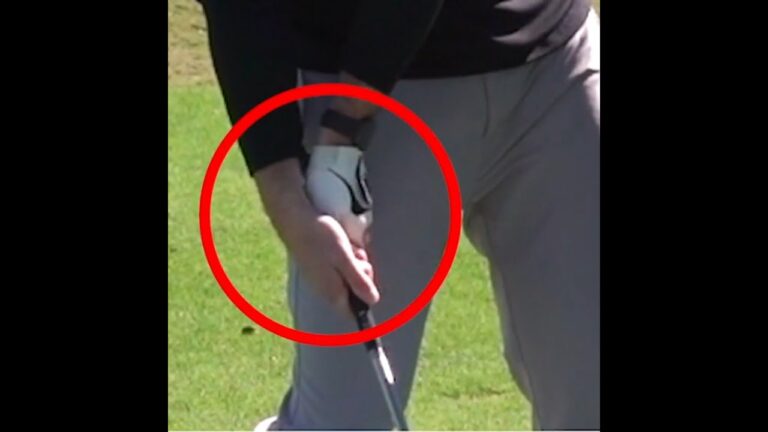
0 Comments